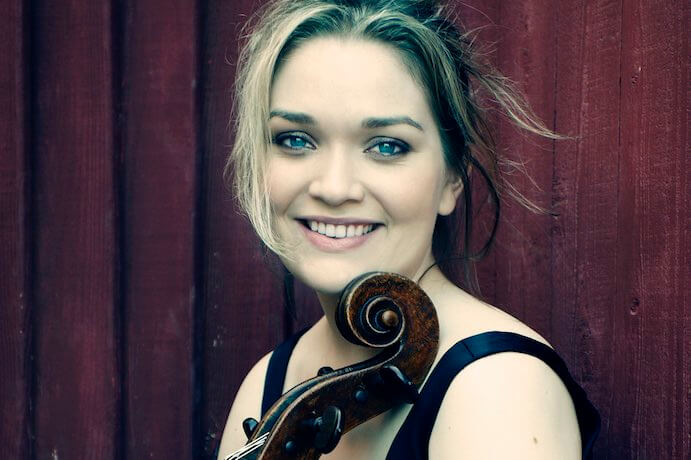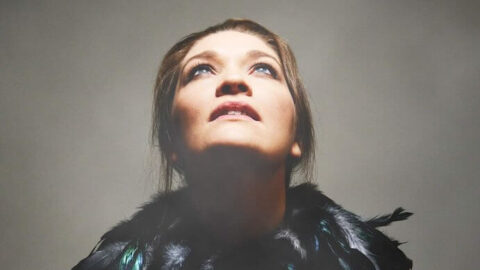Cellist Sæunn Thorsteinsdóttir dreams in Icelandic. Despite having spent the majority of her life outside of Iceland, her mother tongue reveals itself through music—the unvoiced consonants of the Icelandic language mirroring the complex textures of overtones of the cello. Sæunn’s newly-released VERNACULAR on the Sono Luminus label presents a collection of solo cello works by Icelandic composers.
Sæunn’s sensitivity shines in Páll Ragnar Pálsson’s Afterquake. At times, it’s unclear whether sound is coming from Sæunn’s own inhales or the cello itself—a seamless blend between practitioner and instrument. A variety of gestures ranging from double string playing to glissandi to sul ponticello are beautifully executed by Sæunn. She explores the most delicate of cellos timbres, while also following through on dense gritty down bows. Moments of silence leave the sound teetering above a stark sonic landscape.

In Þuríður Jónsdóttir’s 48 Images of the Moon, Sæunn interacts with the natural sounds of a field recording by Magnus Bergsson. Recorded at night in a single take near the Önundarfjörður fjord, the tape captures the sound of many vocal, nocturnal creatures. The stereophonic sound creates an auditory ecosystem—animalistic chitters, cries, and calls resound in all directions. Sæunn listens and responds in Þuríður’s new language of cello sound—some words wispy, willowy, weathered, others bright, forceful, explosive.
Halldór Smárason’s O examines the Icelandic association of warmth, light, and protection with a single burning candle in three movements. The first movement, “Ljós,” or light in English, utilizes Sæunn’s own voice, embodying the sizzle and pop of a flame first ignited. This movement ends with a gust of air from Sæunn, the gesture of blowing out a candle. The sound decays into darkness.
The second movement, “Minni,” or memory in English, manifests the memory of the lightness within the darkness. Slow inhales and exhales set the pace. Sæunn gently sings, sometimes in unison with her cello, sometimes in harmony. Then, the distinctive sound of a match against against rough, red phosphorus. Throughout this movement, Sæunn and her cello complete each other’s sentences. The vocal sounds in conjunction with the cello technique are so well done, it would be difficult to discern that this effect was accomplished by a single performer.

It’s in the the third movement, “Slokkna” (roughly translated as extinguished in English), that Sæunn delivers a truly stirring, warm cello sound. A grainy wash of breath escaping from behind teeth acts as a sonic metaphor for the billowing smoke of an extinguished candle.
The final composition of the album is Hafliði Hallgrímsson’s Solitaire, Op. 1, a five-movement work sculpted from the contemporary cellist’s sound world. The first movement, “Oration,” showcases Sæunn’s ability to shape lush, sweeping melodic lines. The second movement, “Serenade,” displays the rich textures that can be created simply with resonating cello pizzicato. The third movement, “Nocturne,” is described by the composer as the heart of the work. Here, a steady but inquisitive meditation is interrupted by jolts of dramatic glissandi. The “Dirge” is a lament, with a low rhythmic theme that keeps coming back, suggesting a more complex grief. The “Jig” is a striking, energetic finale to this collection of solo works for cello.
On the cover of VERNACULAR, Sæunn looks up into the light, her gaze finding new insights. This curated collection of pieces for solo cello is Sæunn’s personal introspection reflecting outward, allowing others to listen along and perhaps even daydream in Icelandic.
























